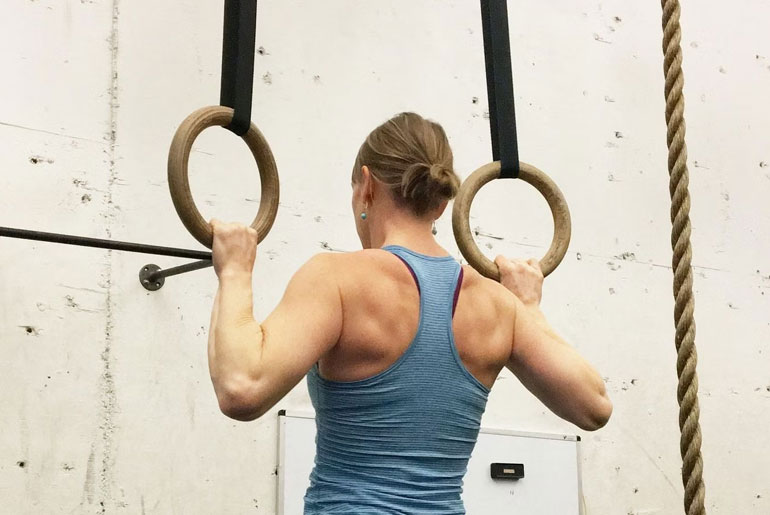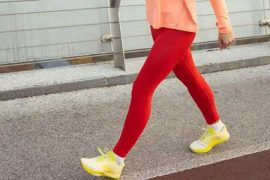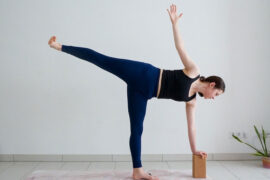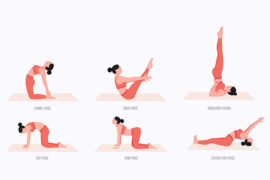As the lazy weekend sets in, you may not be in the mood for an intense workout or even yoga. To alleviate the guilt of missing your regular exercise routine, incorporating dead hangs into your workout, emphasizing their effectiveness even when done for just a few minutes. This simple yet impactful exercise can be a great way to stay active and maintain some level of physical activity during those more laid-back moments on the weekend.
The dead hang exercise is a simple yet effective movement that can significantly improve mobility, particularly in the shoulders and spine. Here’s how the dead hang exercise contributes to enhanced mobility:
Shoulder Mobility:
Dead hangs involve suspending yourself from a bar, which helps stretch and decompress the shoulder joints. This elongation and relaxation of the shoulder muscles during the hang can improve overall shoulder mobility.
Shoulder Blade Mobility:
The dead hang encourages natural movement and retraction of the shoulder blades. This can contribute to improved shoulder blade mobility, which is essential for a full range of motion in the shoulders.
Spinal Decompression:
Hanging freely allows the spine to decompress. This decompression is particularly beneficial for individuals who spend long hours sitting or engaging in activities that compress the spine. It helps relieve tension and enhances mobility in the entire spinal column.
Increased Range of Motion:
The dead hang exercise actively engages the muscles around the shoulders, promoting an increased range of motion. This is crucial for various daily activities and exercises that require flexible and mobile shoulders.
Hip Mobility:
While the primary focus is on the upper body, dead hangs can also indirectly benefit hip mobility. The act of hanging encourages a straight body position, engaging the core and indirectly contributing to better hip mobility.
Stretching Lat Muscles:
Dead hangs stretch and elongate the latissimus dorsi (lat) muscles. These muscles are involved in shoulder and upper back movements, stretching them can lead to improved flexibility and mobility in these areas.
Joint Lubrication:
Hanging from a bar allows synovial fluid to circulate around the shoulder joints. This lubrication contributes to joint health and can enhance overall shoulder mobility.
Thoracic Extension:
The dead hang can facilitate thoracic extension, which is the ability to extend and rotate the upper back. This is crucial for maintaining a healthy and mobile spine.
Posture Improvement:
By engaging the muscles involved in maintaining an upright position during the dead hang, the exercise can contribute to better overall posture. Improved posture is associated with increased mobility and reduced stiffness.
Dynamic Warm-Up for Mobility:
Incorporating dead hangs into your warm-up routine can prepare the shoulders and spine for more dynamic movements. It helps activate and mobilize the muscles before engaging in other exercises.
To maximize the benefits of the dead hang for mobility, it’s essential to perform the exercise with proper form and gradually increase the duration over time. If you have any existing injuries or concerns, it’s advisable to consult with a fitness professional or healthcare provider before incorporating new exercises into your routine.
Disclaimer:
The information contained in this article is for educational and informational purposes only and is not intended as a health advice. We would ask you to consult a qualified professional or medical expert to gain additional knowledge before you choose to consume any product or perform any exercise.






